Dire Pangolins are native from
Friac’seoue. These large beasts are known to most people as Talarak halflings' trusted mounts. While other races have attempted to master riding these animals, few individuals have succeeded on their own. Talaraks find it particularly amusing when larger races use Dire Pangolins as mounts. They may even purposefully tell their Dire Pangolins to curl up if mounted by a large race! Catfolk, humans, and other large races are too long; they stick out of the sides of a Dire Pangolin when they roll up in a ball, making this move utterly unusable by these races.
Basic Information
Dire Pangolins are about the height of a rhinoceros but are three times as wide. An adult Dire Pangolin stands 150 –190 cm high at the shoulder and is 3 – 3.5 m in length not including the tail. The tail alone is 2.5 – 3 m long.
One of the most striking aspects of Dire Pangolins to those not native to Friac’seoue is the fact that almost their whole body is covered by tough scales. Those tough scales are sought after in both
Tiel and
Oceasile, as they make magnificent armour.
I pity the fool that travels into Friac’seoue wearing a Dire Pangolin armour... — Duline, a catfolk traveller in Tiel
Within
Friac’seoue, wild Dire Pangolins are found in tropical moist forests and in savanna/forest patchy areas. Outside of Friac’seoue, Dire Pangolins may be found where large enough populations of halflings have settled in. Dire Pangolins, however, do not do well in mountainous terrains and in cold environments; some say it may be the reason why Talaraks have never settled in those environments.
They have a much more varied diet than non-dire pangolins: while they eat insects like their smaller counterparts, dire pangolins also eat small animals like reptiles, frogs, and mammals, as well as eggs.
To the dismay of their owners, dire pangolins also love eating snails. Halflings prefer to save their shells, but the pangolins eat them shells and all. The shells are valuable for trading with the vanaras, who seek shells for their favourite game.
Additional Information
Most Dire Pangolins being used as mounts were born into captivity, and it is extremely uncommon to capture Dire Pangolins in the wild. Rather, if halflings seek to diversify their Dire Pangolin stock, they will release some already domesticated female Dire Pangolins into an area where wild Dire Pangolins live. About a month later, those same mounts are looked for and retrieved, hoping that at least some of them have bred with the wild local Dire Pangolins.
Dire Pangolins most widespread use is as mounts of Talarak halflings. Dire Pangolins in the wild are nocturnal, so aside from Talaraks, most people only know the domesticated version of this species.
Talarak halflings use Dire Pangolins for both travel and combat. Their
cavalry units are famous all throughout Friac’seoue, and even those combatants who do not specialise in mounted combat tend to own their own Dire Pangolin.
Talaraks have trained Dire Pangolins to curl up and form a protective ball on command. In this way, when they receive the command, or when they sense that their rider is unconscious, Dire Pangolins form a protective ball that protects both the rider and themselves. As long as their riders belong to the winner side of the battle, both rider and mount are typically able to be helped and healed back to full health.
Body Tint, Colouring and Marking
While the scales of Dire Pangolins are earthy in colour, their scales are sometimes painted by halflings, particularly at the beginning of a journey or during certain festivities.
There have been several Dire Pangolin mounts who have become famous throughout the ages. Probably every halfling in Friac’seoue knows of Talal, the Dire Pangolin who knocked down the four enemies that had surrounded her while curled up and then managed to run away while the attackers recovered, taking her unconscious rider back to the safety of their village.
Nowadays, however, Kiran and her rider, Irlana, feature in every halfling's bard stories. Kiran and Irlana Morningborn were chosen for the quest of the century: to accompany Metku'ha in his journey to discover what is causing the
plague and how to stop it. Irlana received a message from
the king and
the queen themselves, asking her to present herself at the capital immediately.
The Talarak Waaraqi were elated that one of their own had been chosen for this quest, and everyone helped out with the preparations. While there was no time for a party, given that she wanted to leave the same day she received the message, the Waaraqi somehow managed to each give Irlana a little something or help with the ceremonial painting of Kiran, and at the same time prepare one great feast!
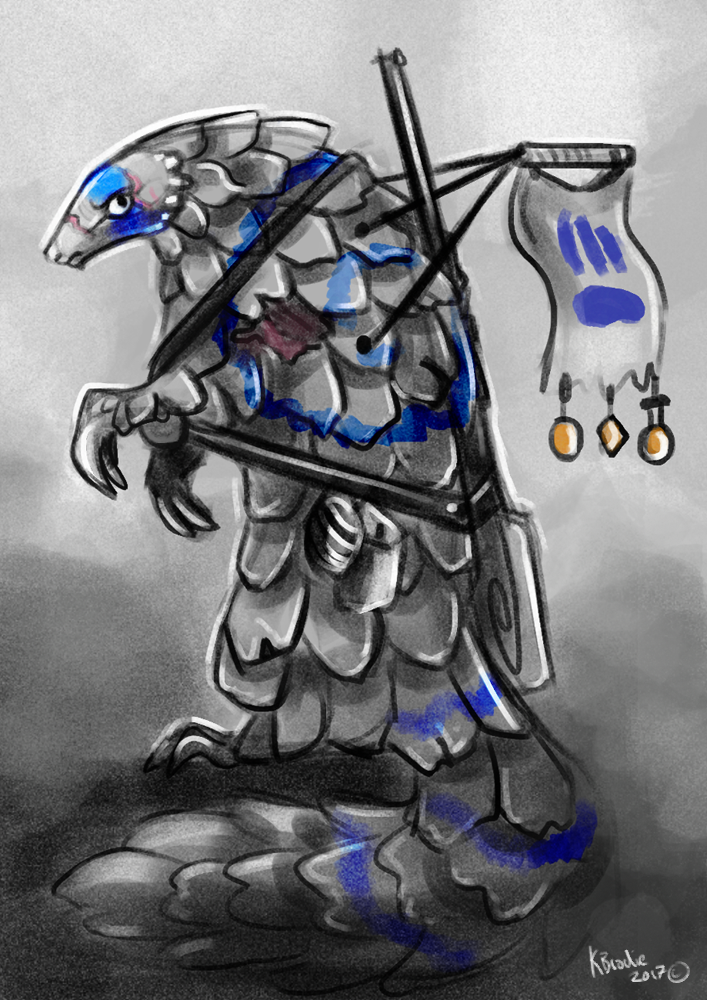
Fierce Kiran, prepared to leave for the quest of their lives by Key Feathers
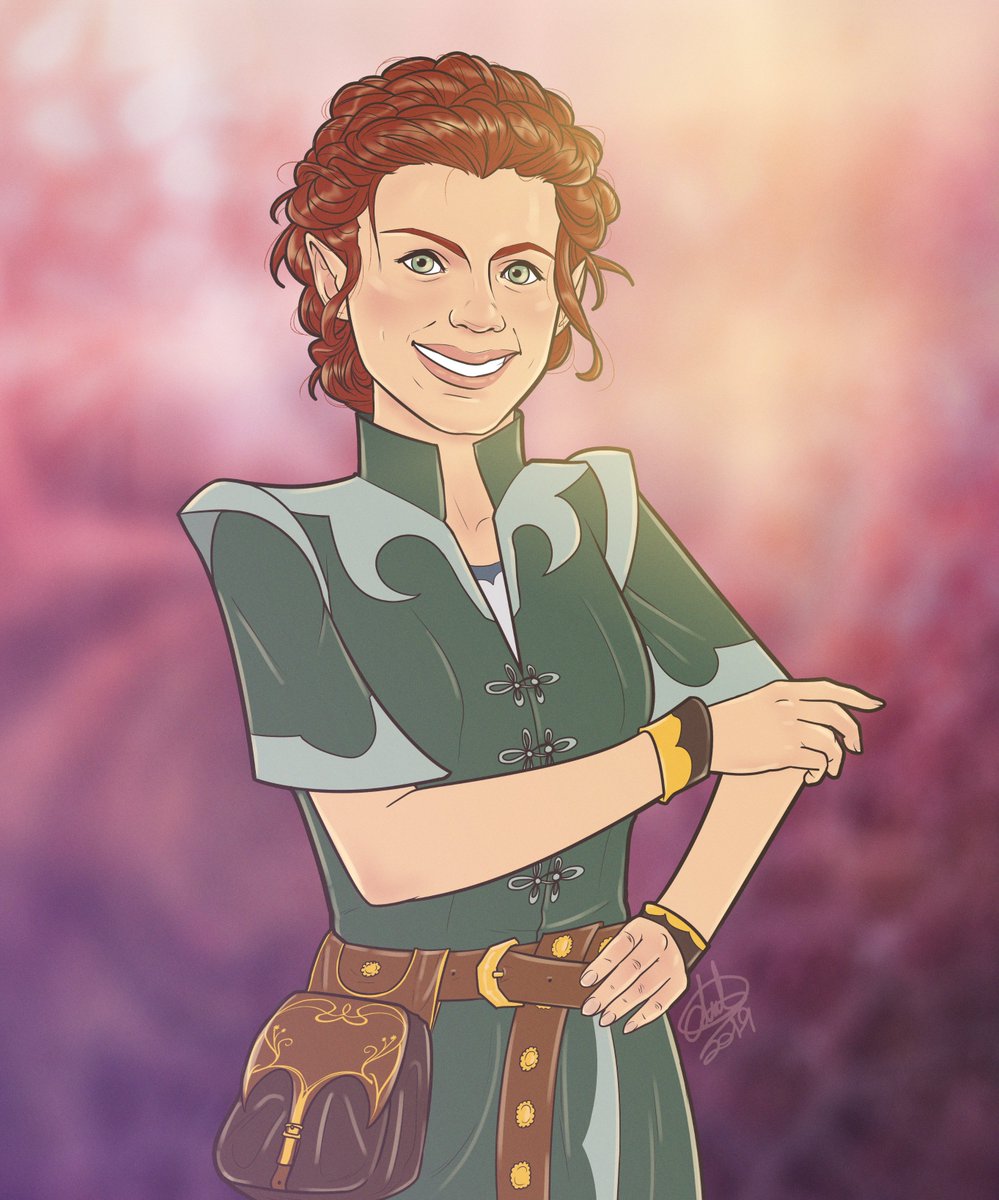





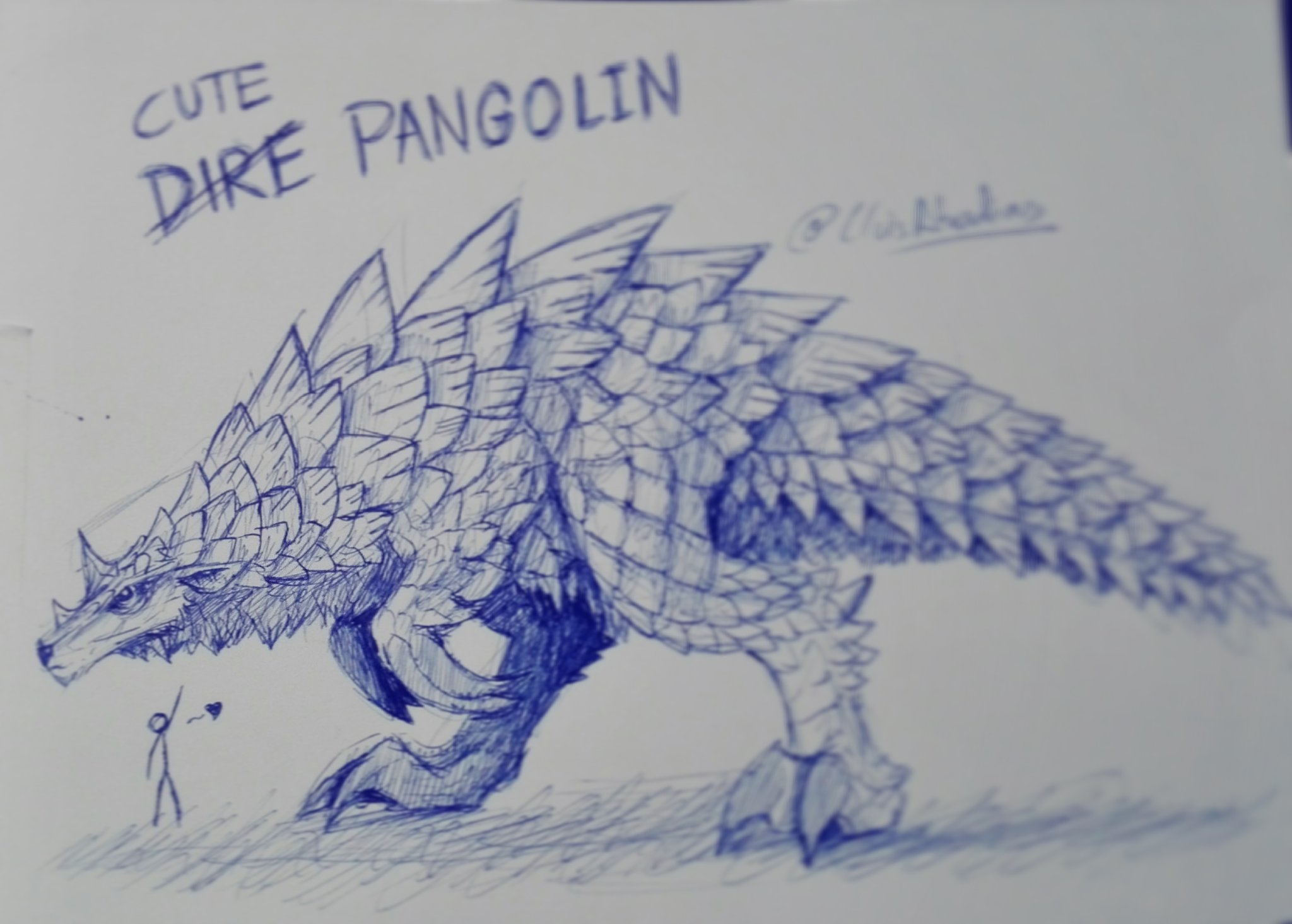
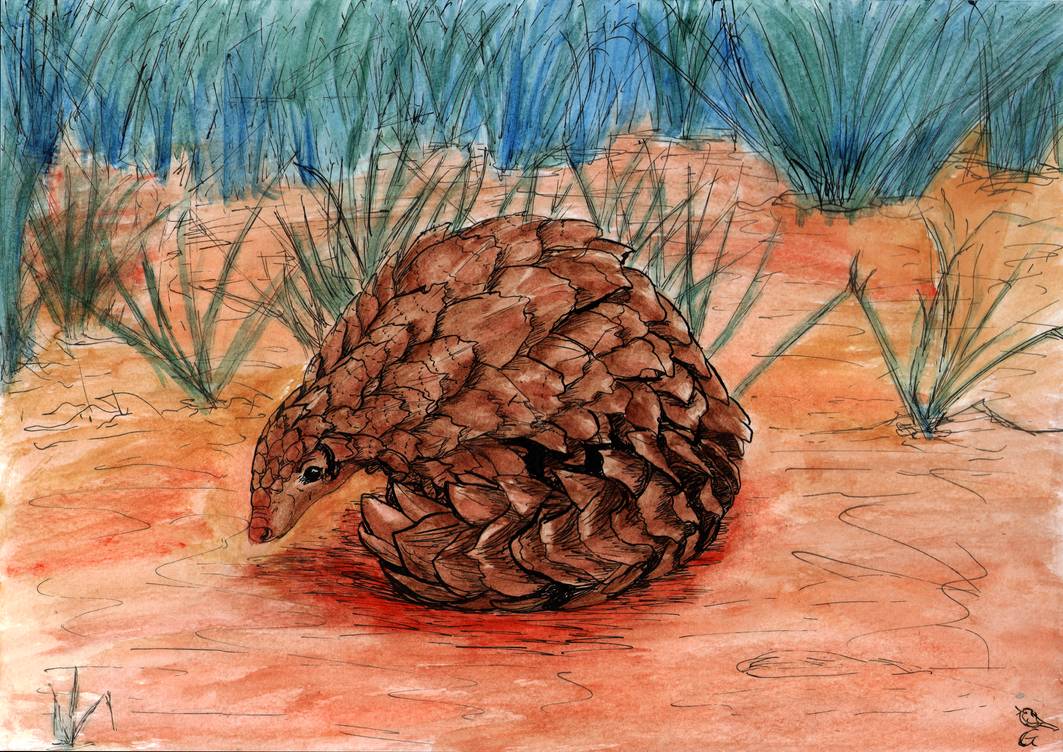


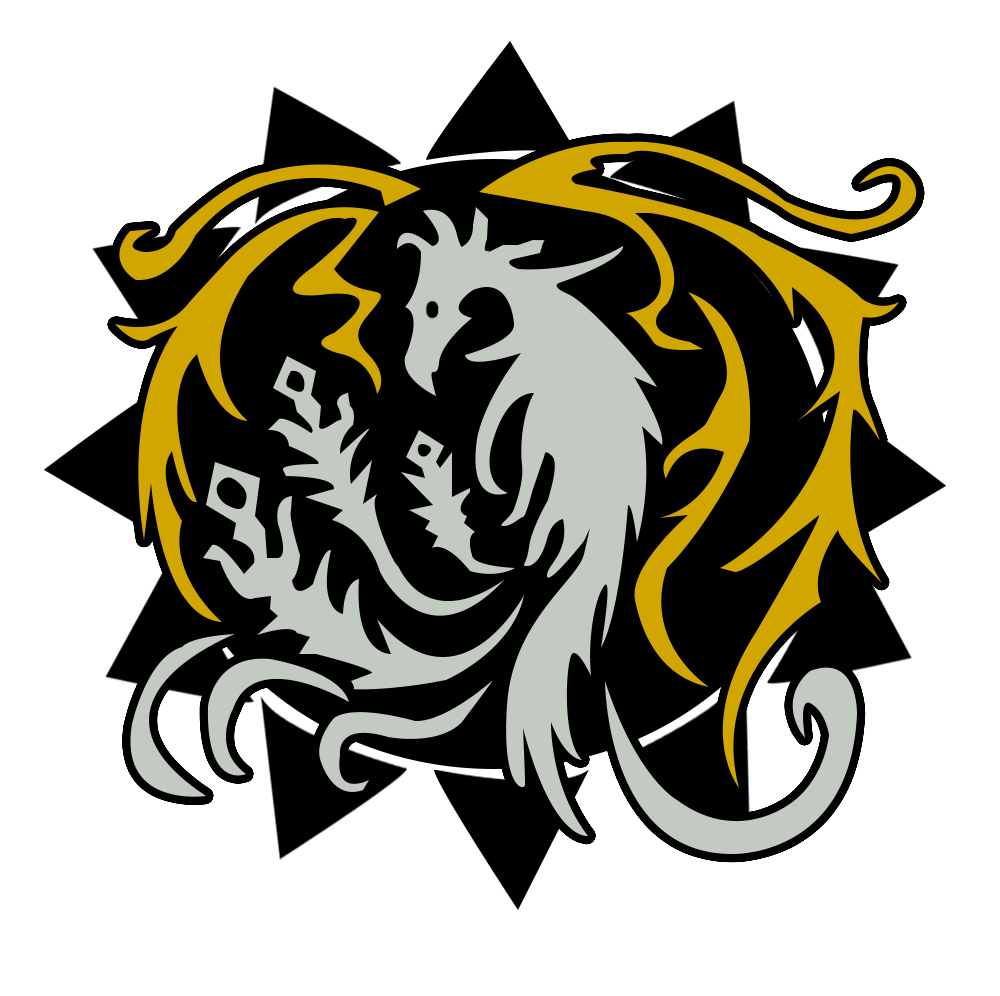
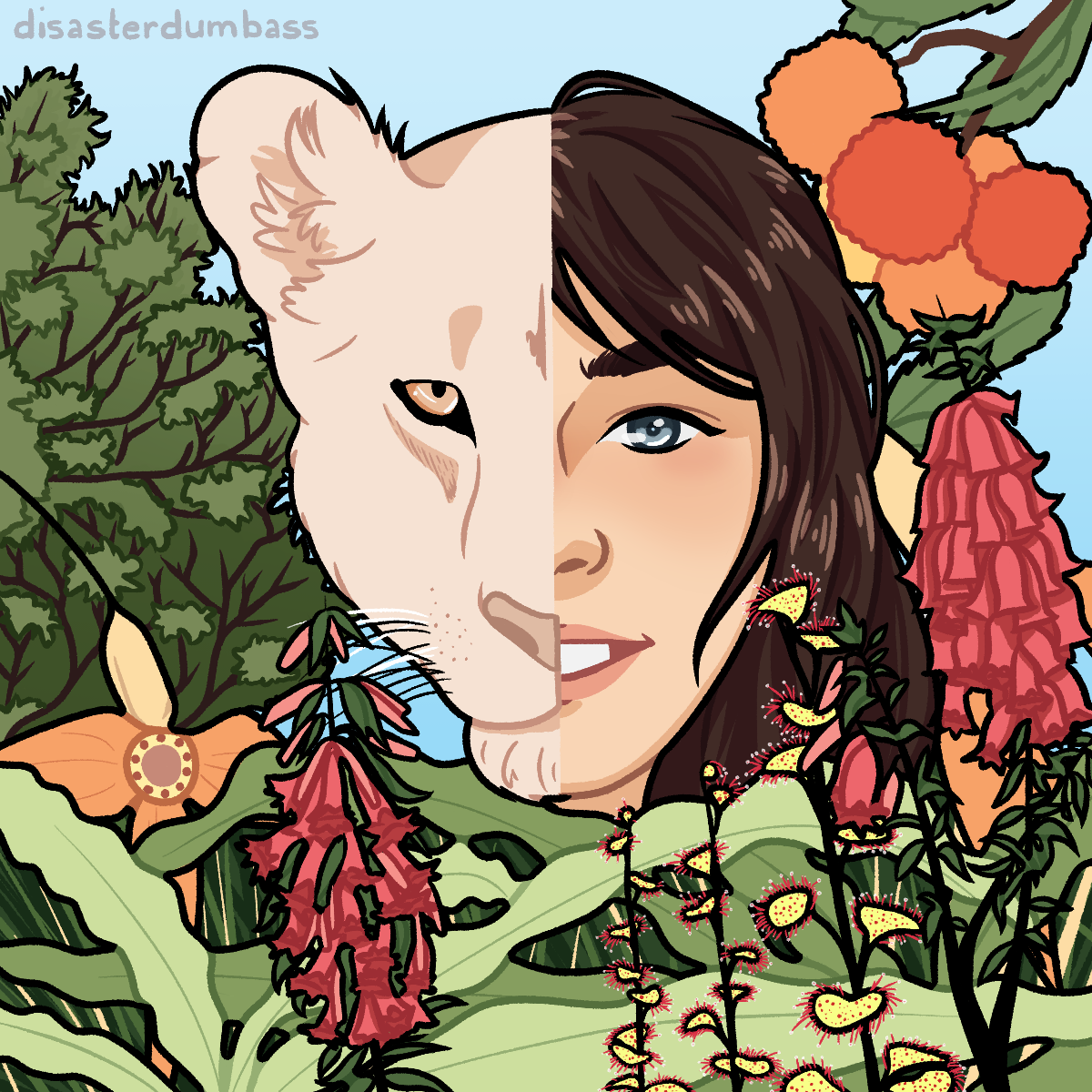

Very interesting article! I like the thought you put into it and the artwork you used. You mentioned the halflings like to diversify their stock, aside from being domesticated are there differences between wild Dire Pangolins and domesticated? Or are there differences between the tropical Dire Pangolins and the savannah Dire Pangolins? Like, do they have different color scales or different behaviors or biology?
To be honest, I hadn't thought about that issue that much. I could write something quickly, but I rather have a more thorough thought about it. Thanks for your input.